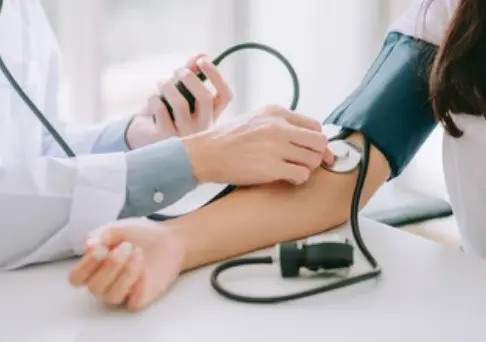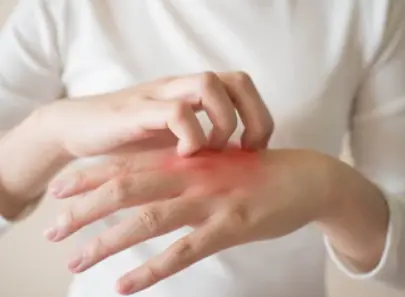 Welcome
Welcome
“May all be happy, may all be healed, may all be at peace and may no one ever suffer."
- A
- B
- C
- D
- E
- F
- G
- H
- I
- J
- K
- L
- M
- N
- O
- P
- Q
- R
- S
- T
- U
- V
- W
- X
- Y
- Z
Functional rehabilitation after cerebrovascular accidents - Generics
Cerebrovascular accidents (CVAs), commonly known as strokes, are a leading cause of long-term disability worldwide. Depending on the location and extent of brain injury, CVA survivors may experience motor, sensory, cognitive, and/or emotional deficits that can significantly impair their quality of life. Functional rehabilitation after a stroke is aimed at helping the survivor regain as much independence as possible in daily activities, improve physical functioning, and prevent complications. Here, we will discuss the principles of functional rehabilitation after cerebrovascular accidents.
The goals of functional rehabilitation after a CVA include:
- Promoting motor recovery: Motor recovery is one of the primary goals of rehabilitation after a CVA. Rehabilitation programs often include physical therapy, occupational therapy, and/or speech therapy, depending on the deficits the survivor presents with. The rehabilitation program should be individualized based on the survivor's specific needs and abilities. Exercises that focus on strengthening muscles, improving range of motion, and improving balance and coordination are commonly used to promote motor recovery.
- Improving daily activities: The ultimate goal of rehabilitation after a CVA is to help the survivor regain as much independence as possible in daily activities. This includes activities such as bathing, dressing, grooming, and eating. Occupational therapists play a critical role in helping the survivor regain independence in these activities. They may recommend adaptive equipment or teach alternative techniques to help the survivor perform these activities.
- Preventing complications: Survivors of a CVA are at risk for several complications, including pressure ulcers, deep vein thrombosis (DVT), and aspiration pneumonia. Rehabilitation programs should include measures to prevent these complications. For example, turning and repositioning the patient every two hours can help prevent pressure ulcers. The use of compression stockings can help prevent DVT. Finally, speech therapists may work with the patient to improve swallowing function, which can help prevent aspiration pneumonia.
- Improving cognitive function: Cognitive deficits are common after a CVA, including impairments in attention, memory, and executive function. Rehabilitation programs should include strategies to help the survivor compensate for these deficits. This may include the use of external aids, such as calendars or task lists, or the use of cognitive rehabilitation exercises to improve attention and memory.
- Addressing emotional and psychological issues: Survivors of a CVA may experience a range of emotional and psychological issues, including depression, anxiety, and social isolation. Rehabilitation programs should include strategies to address these issues, such as counseling, support groups, or referral to a mental health professional.
Functional rehabilitation after a CVA is typically provided in an inpatient rehabilitation facility or a skilled nursing facility. The duration of rehabilitation varies depending on the severity of the stroke and the needs of the patient. In some cases, outpatient rehabilitation may be appropriate.
In conclusion, functional rehabilitation after a CVA is aimed at helping the survivor regain as much independence as possible in daily activities, improve physical functioning, and prevent complications. A multidisciplinary approach, including physical therapy, occupational therapy, and speech therapy, is critical to achieving these goals. Rehabilitation programs should be individualized based on the specific needs and abilities of the survivor.

Hypertensive crisis

Eclampsia

Non-productive cough

Erythema multiforme

Anal pruritus

Bladder spasms

Aural infections

Raynauds disease
Functional rehabilitation after cerebrovascular accidents, সেরিব্রোভাসকুলার দুর্ঘটনার পরে কার্যকরী পুনর্বাসন
To be happy, beautiful, healthy, wealthy, hale and long-lived stay with DM3S.